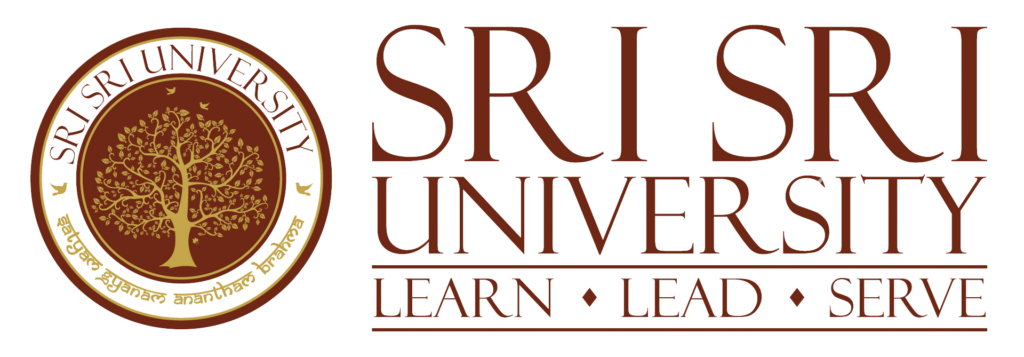RECENT BLOG ARTICLES
Arts and Culture
Language, Culture & Society
Dec 10, 2018
By : Dr. Rakesh Tripati – HoD, Department of English and Foreign Languages, SSU

Language is a major component of any culture and reflects its values and preoccupations. It is also the primary means through which the socialization of an individual takes place. Being a psychological construct, it is abstract in nature and refers to the relation between signifier and signifiee. The human mind processes the abstract concepts and brings before us the concrete form derived from it and such diverse manifestation of what is abstract constitutes variety in language. Therefore, language when viewed from the angle of social behaviour, is a variable phenomenon. Locating its basis in culture requires an in-depth understanding of the term culture per se. While in general the term culture refers to some ‘property’ of a community, especially those which might distinguish it from other communities, Goodenough considers culture to be socially acquired knowledge. He further goes on to say that “… a society’s culture consists of whatever it is one has to know or believe in order to operate in a manner acceptable to its members … Culture, being what people have to learn as distinct from their biological heritage; must consist of the end product of learning: knowledge, in a most general … sense of the term”.
Though this can best be observed from the natural behaviour of people, there are problems of methodology common to both – the study of language as well as culture. As such, the relation between thought and culture can be best investigated through the application of the terms – concept and proposition wherein a proposition may either be remembered (already stored in memory) or inferred (worked out) and a concept may either exist in one’s memory, as a category used in thinking, or may be created as a new category, which could then be stored in memory. It can therefore be said that some concepts are created because we see that others around us make use of them in their thinking. A non-cultural concept, on the other hand, is one which we build without reference to other people in a manner convenient to the interpretation of our experience. In this manner, Saussure views language as a ‘social fact’ and Firth extends this idea further when he looks at language as “the language of the community, a function of la masse parlante, stored and residing in the conscience collective”. For Halliday whose approach is still more comprehensive, language is functionally significant and it is this aspect which explains the existence of varieties in language.
The functional aspects Halliday talks about can be classified into:
Ideational function: refers to the content/subject matter or topic of a message, in short signifying what we are saying.
Interpersonal function: refers to the particular use of language as a marker of relationships.
Textual function: refers to the organization of a text and making connections with the part of the text through the use of cohesive devices such as connectives.
Experiential function: refers to the use of language meant to convey or describe experiences of the language user.
The fourfold classification of language is based on the fact that the form of language (or syntactic components) alone is insufficient to account for the various functions a particular form of language may perform. According to Halliday (1970), the first three are the basic concerns of language and their realization takes place through different language structures or models of language (Halliday, 1969). Of these, the ideational and the interpersonal model are the more important ones. Whereas the ideational model provides expression to the speaker’s observations and interpretations of states in the objective world, the interpersonal model of language reflects the speaker’s concern to establish, maintain and modify social relationships. It represents his/her understanding of and reactions to the subjective relationships.
Halliday further maintains that the ideational versus interpersonal distinction implies not only the exploitation of different linguistic models but also the adoption of different roles with respect to the speech event. When the speaker makes use of the ideational linguistic model, s/he observes, describes, analyses and interprets the phenomenon under discussion. Through the ideational model the speaker adopts the role of an ‘observer’ (Halliday, 1975), and identifies and assigns attributes to the things talked about. When the focus of the speaker’s attention is interpersonal, s/he adopts a more active role. Thus, not only does the nature of the existing relationship get reflected through the speech event but it also gets modified as a consequence of his/her involvement in the speech act. The interpersonal model of language implies action, not description. It is through this model that the speaker operates in and acts upon the subjective social world. (To be concluded)
Firth, J. R., Personality and Language in Society, The Sociological Review. Vol. a42, Issue 1, pp 37-52
Goodenough Ward H., Cultural Anthropology and Linguistics, 1957
Facebook
LinkedIn
Twitter
Print







